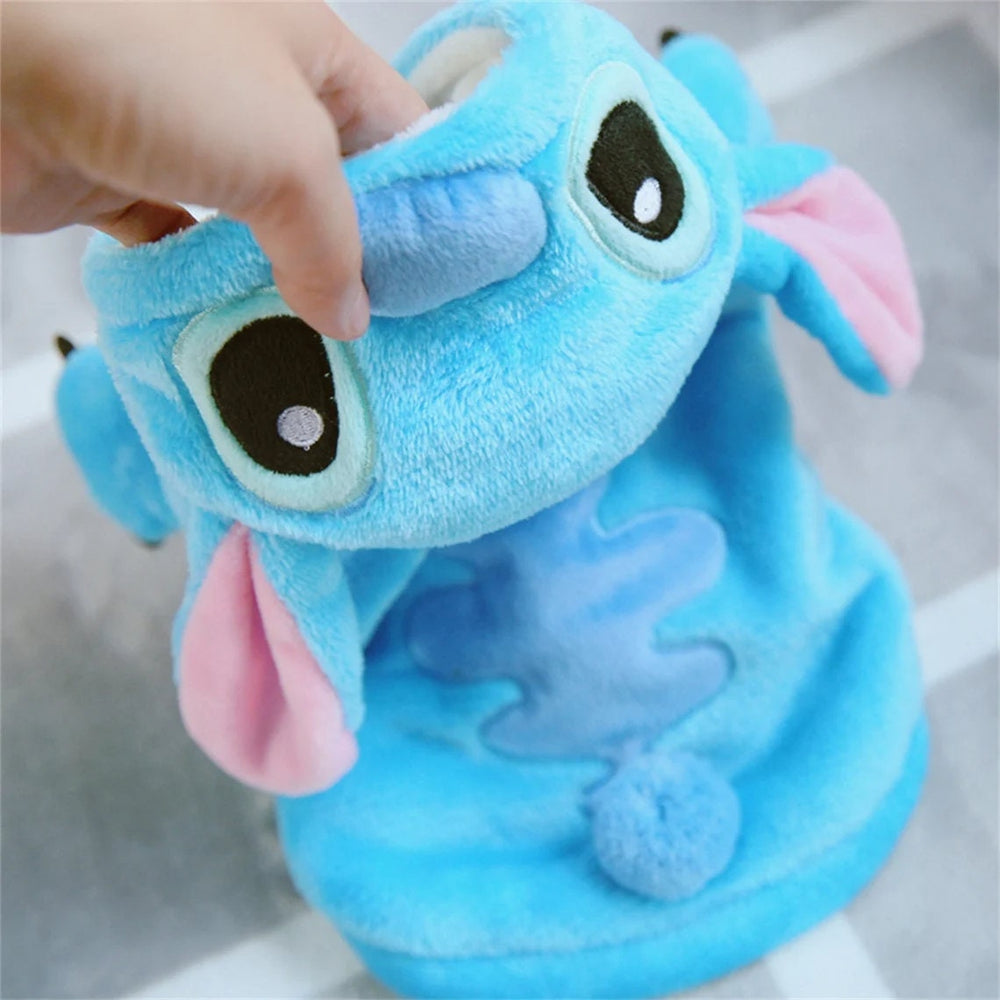How To Pet A Cat
Welcome to our guide on how to pet a cat! Cats are lovable animals and make great companions. It is important to know how to properly interact with cats, especially if you are a new owner or are unfamiliar with feline behavior.
Petting a cat may seem simple, but there are certain techniques and considerations to keep in mind to have a positive experience for you and the cat. In this guide, we will cover everything from understanding a cat's body language to the do's and don'ts of petting, as well as some tips on how to make your cat feel comfortable and safe while being petted. So let's get started!
Understanding A Cat's Body Language

Cats communicate through their body language, and understanding their cues can help you determine if they are in the mood for petting or not. Some signs that a cat is open to being petted include:
- Slow blinking: If your cat is staring at you and then slowly closes its eyes, it means it is comfortable with you and enjoys your company.
- Tail wagging: A gently swaying tail is a good sign that your cat is relaxed and open to being petted. However, if the tail starts twitching or lashing, it may mean they are feeling agitated.
- Kneading: When a cat is kneading, it means they are content and relaxed. This is a good time to start petting them.
- Ears forward, whiskers back: These are signs of a happy and friendly cat. It shows that they are interested in interacting with you.
- Purring: This is a clear signal that your cat is happy and enjoying the attention. However, be aware that some cats also purr when they are in pain or feeling anxious.
It's important to note that if a cat is showing signs of aggression, such as ears flattened against their head, hissing, or swatting, it's best to leave them alone and not attempt to pet them.
How To Properly Pet A Cat

Now that you understand a cat's body language, let's dive into how to properly pet them. Here are some important tips to keep in mind:
- Start slow: It's always best to start slow and let the cat approach you first. Avoid making sudden movements or trying to grab them as this can startle or scare them. Offer your hand to them slowly and let them sniff you before attempting to pet.
- Avoid sensitive areas: Cats have certain areas on their body that they may not like being touched, such as their belly or tail. Instead, focus on petting the areas they enjoy, such as their head, chin, or behind the ears.
- Use gentle strokes: When petting a cat, use gentle and slow strokes. Avoid being too rough or aggressive as this can scare them or cause discomfort.
- Watch for signs of discomfort: If a cat starts twitching their tail, flattening their ears, or trying to move away from you, it's best to stop petting them. This is their way of telling you they are not enjoying it anymore.
- Let them guide you: Every cat is different, so it's important to let them guide the petting session. Some cats may only want a few minutes of petting, while others may enjoy longer sessions. Respect their boundaries and don't force them to continue if they are no longer interested.
Tips For Making Your Cat Feel Comfortable

In addition to the above techniques, here are some additional tips for making your cat feel safe and comfortable while being petted:
- Choose a quiet environment: Cats prefer calm and quiet environments, so choose a spot where they won't be disturbed or feel anxious.
- Offer treats: Before petting, offer your cat some treats as a positive reinforcement. This will make them associate petting with something enjoyable.
- Let them come to you: It's best to let the cat approach you first. This gives them a sense of control and helps build trust between the two of you.
- Respect their personal space: If a cat walks away or shows signs of discomfort, don't follow or try to force them back. This is their way of telling you they need some space.
- Be patient: Some cats may take longer to warm up to petting, so be patient and give them time to get used to your presence. Don't force them into anything they are not ready for.
Should You Pet Stray Cats?
While it may be tempting to pet a stray cat, it's important to remember that these cats may not have had proper socialization and can be unpredictable.
Before attempting to pet a stray cat, it's best to first observe their behavior and body language from a safe distance. If the cat seems friendly and approachable, you can slowly offer your hand for them to sniff and see if they are open to being petted.
However, never attempt to pet a stray cat that shows signs of aggression or fear as this can result in injury. It's also important to consider the potential risks of interacting with stray cats, such as the possibility of disease or parasites.
If you do decide to interact with a stray cat, make sure to take proper precautions and seek medical attention if needed. In general, it's best to leave stray cats alone and contact a local animal rescue or shelter for assistance.
FAQs
Does Every Cat Enjoy Being Petted?
No, not every cat enjoys being petted. Some cats may have had negative experiences with human contact or simply prefer to be left alone. It's important to pay attention to a cat's body language and respect their boundaries.
Is It Okay To Pick Up A Cat While Petting Them?
It depends on the individual cat and their preferences. Some cats may enjoy being held while others may find it uncomfortable or scary. It's best to let the cat guide you and only pick them up if they seem comfortable with it.
Can I Pet A Cat While They Are Eating Or Sleeping?
No, it's not recommended to disturb a cat while they are eating or sleeping as this can startle them or make them feel agitated. It's best to wait until they are finished or awake before attempting to pet them.
Conclusion
Properly petting a cat involves understanding their body language, being gentle and respectful, and letting them guide the interaction. Remember to always prioritize your cat's comfort and never force them into anything they are not ready for. With patience and proper techniques, you can build a strong bond with your feline friend through petting.
So next time you see your cat, take some time to observe their behavior and try out these tips for a successful petting session! So, always make sure to interact with cats safely and respectfully to build a strong relationship with your furry companion. Happy petting!









Leave a comment